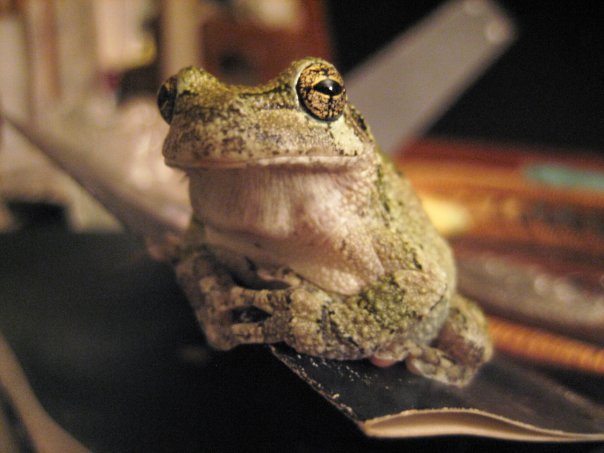- Understanding the ecological importance and role of frogs and toads as bioindicators in ecosystems.
- Identifying challenges faced by amphibians, including habitat loss, pollution, disease, and climate change.
- Explaining how individuals and communities can contribute to frog and amphibian conservation.
- Highlighting the diversity of frog species within the state and their specific habitats.
- Promoting National Frog Month as a time to educate and inspire conservation efforts.
April is celebrated as National Frog Month, highlighting the critical role frogs play in nature. Frogs and toads are more than just fascinating creatures; they are essential to maintaining sound ecological balance. Serving as both predators and prey, these amphibians are pivotal in controlling insect populations, thus sustaining a stable ecosystem. A robust frog population signals a thriving environment, acting as bioindicators. This article explores the significance of frogs, the threats they face, and how people can make a difference.
Frogs serve as bioindicators, meaning their presence or absence can reveal the health of an environment. Because they absorb air and water through their skin, amphibians are particularly sensitive to changes in their surroundings. A growing or stable frog population often indicates clean water and air quality, as well as minimal pollution. Conversely, a declining amphibian population points to environmental stressors. Monitoring these amphibian communities helps scientists assess the impacts of ecological changes and human activity on ecosystems.
Amphibians face numerous threats that jeopardize their existence. Habitat loss is a primary concern, as wetlands and natural spaces are converted into agricultural or urban areas. Pollution from pesticides and industrial runoff can contaminate their sensitive habitats. Additionally, amphibians are susceptible to diseases like chytridiomycosis, a deadly fungal infection that has ravaged frog populations worldwide. Climate change adds another layer of threat, altering precipitation patterns and temperatures and affecting breeding cycles.
Individuals can actively help address these threats by protecting natural habitats and promoting sustainable practices. Creating frog-friendly backyards with native plants and small ponds can provide habitats where frogs can thrive. Reducing chemical use in gardens and on lawns helps prevent harmful substances from leaching into waterways. Community cleanup efforts can remove litter and potential pollutants from local environments. Education is equally crucial, as broader public awareness can drive more significant efforts in conservation and policy-making.
Within our state, a diverse array of around 30 frog and toad species call various habitats home. Each species is adapted to distinct environmental conditions, ranging from moist forests to arid landscapes. For example, the American bullfrog prefers the more substantial water bodies like lakes and ponds, while the spring peeper thrives in wooded areas with plenty of vegetation. Preserving these varied habitats ensures the survival of these different species, each contributing uniquely to the ecological web.
National Frog Month serves as a timely reminder of the importance of amphibians and the need for ongoing conservation efforts. By focusing public attention on these creatures during April, conservationists can foster increased understanding and support for protecting amphibians. Educational programs, citizen science projects, and local events can spark interest and encourage action to conserve these vital animals and their habitats.
*****
Source Description
🐸 April is National Frog Month! 🐸
Our state is home to around 30 different species of frogs and toads!
Frogs are bioindicators that play an important role in our ecosystems, being both predators and prey while helping control insect populations. A healthy amphibian population can indicate a healthy, balanced ecosystem.
Frogs and other amphibians face habitat loss and destruction, pollution, disease and climate change that threaten the existence of many species. You can help frogs and other amphibians by protecting natural spaces that provide critical habitat and making sure they have the clean water and healthy habitats they need to survive. Don’t let chemicals get into waterways and pick up trash.
📸 Fred Boyce, NCAPKS Herpetologist

